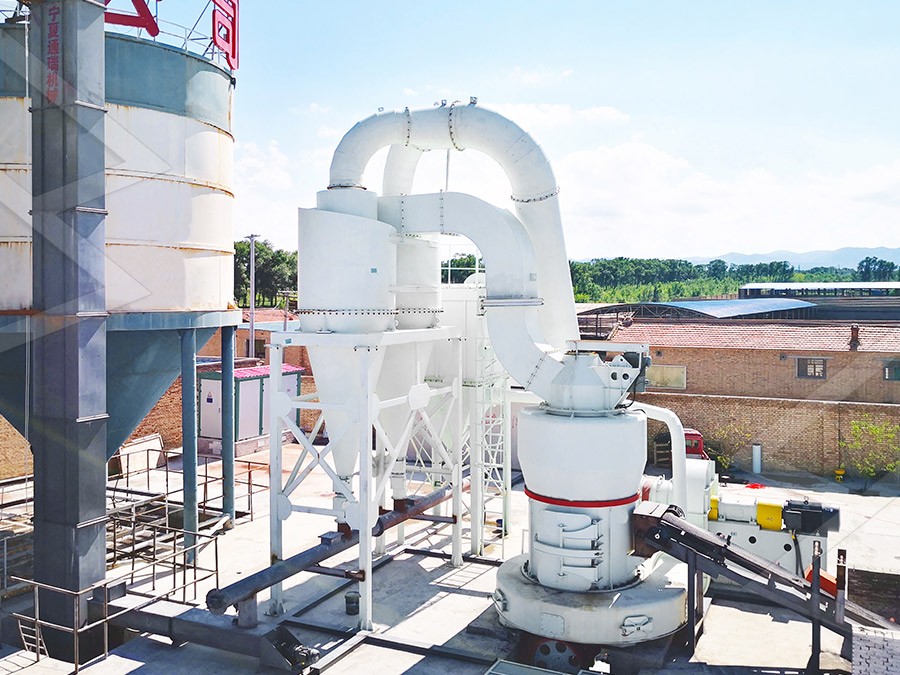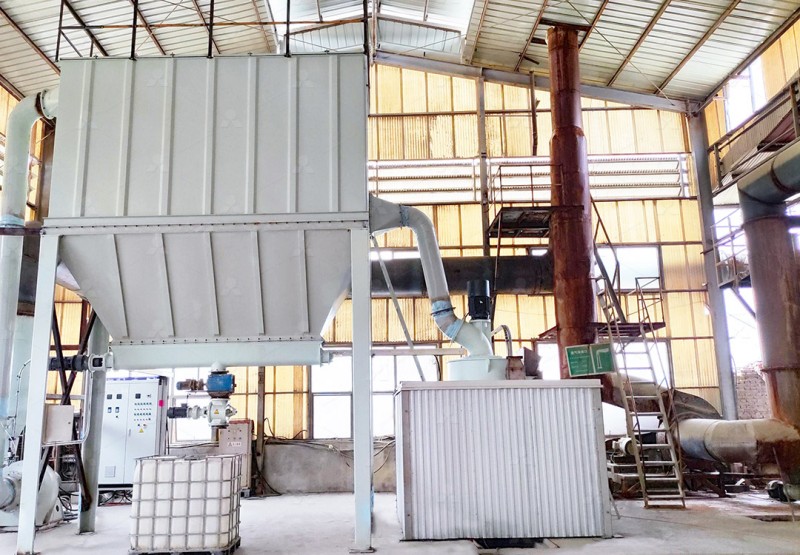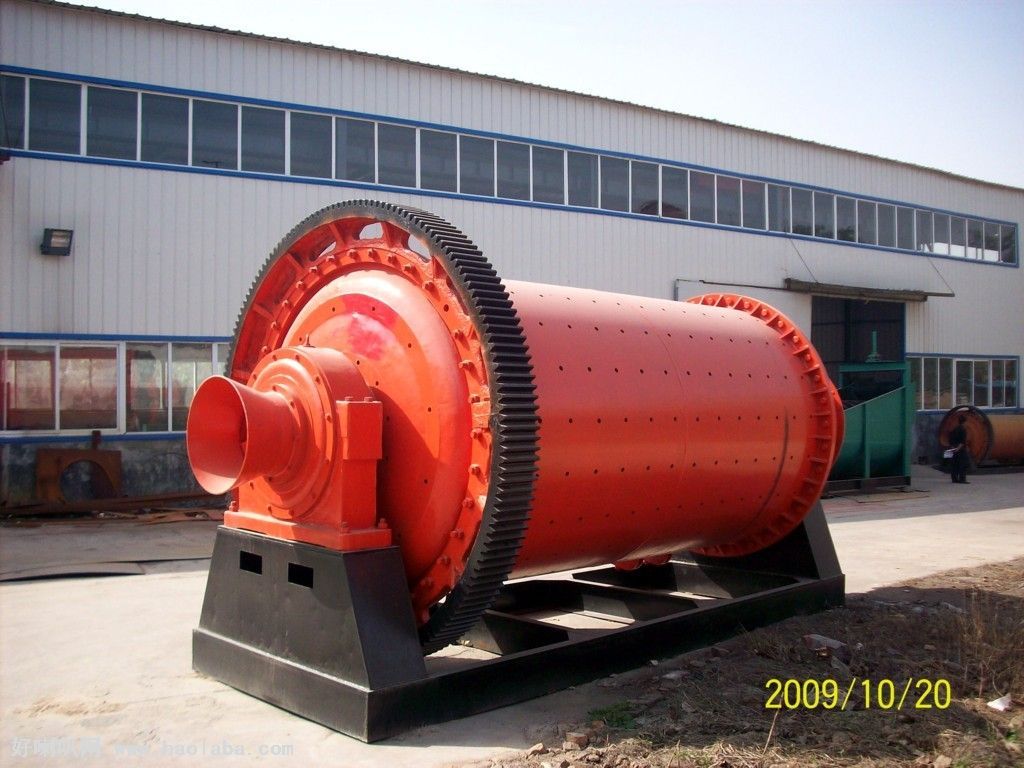Ball Mill Grinding Media Supplier in Indonesia
Ball Mill Grinding Media Supplier in Indonesia
As Indonesia’s industrial sector continues to expand, the demand for efficient grinding solutions has never been higher. For decades, ball mills have been the workhorse of mineral processing operations across the archipelago, from copper and gold mines in Papua to cement plants in Java. However, traditional ball mill technology comes with significant limitations in energy consumption, operational costs, and environmental impact.
The Indonesian mining and construction industries face unique challenges that require innovative grinding solutions. High humidity levels, variable ore characteristics, and increasing environmental regulations demand equipment that can deliver consistent performance while minimizing ecological footprint. This is where advanced grinding technologies are revolutionizing material processing throughout the nation.

Beyond Traditional Ball Mill Limitations
Conventional ball mills, while reliable, suffer from several operational drawbacks. Their high energy consumption accounts for up to 40% of total operational costs in many processing plants. Additionally, the wear and tear on grinding media creates ongoing maintenance expenses and production downtime. The noise pollution and dust generation associated with traditional ball milling further complicate compliance with Indonesia’s increasingly strict environmental standards.
Forward-thinking operations managers are now looking toward next-generation grinding solutions that address these challenges while improving overall efficiency. Modern grinding mills incorporate advanced separation technologies, precision engineering, and intelligent control systems to deliver superior performance across various applications.
Advanced Grinding Solutions for Indonesian Industries
For operations requiring ultra-fine powder production, the MW Ultrafine Grinding Mill represents a significant technological advancement. With an input size capacity of 0-20 mm and throughput ranging from 0.5 to 25 tons per hour, this equipment is engineered for customers who need to produce ultra-fine powder efficiently. The MW series is particularly well-suited for processing limestone, calcite, dolomite, petroleum coal, gypsum, barite, marble, talc, and various chemical industry materials including paint, cosmetics, medicine, and food additives.
What sets the MW Ultrafine Grinding Mill apart is its innovative design that eliminates rolling bearings and screws in the grinding chamber. This engineering decision prevents common failure points and eliminates machine damage problems caused by loose screws. The external lubrication system allows for maintenance without shutdown, enabling continuous 24-hour production – a critical advantage for operations maximizing throughput.

Environmental Compliance and Operational Efficiency
Indonesian operations face increasing pressure to meet environmental standards while maintaining profitability. The MW Ultrafine Grinding Mill addresses both concerns through its integrated pulse dust collector and muffler system, which effectively reduces dust and noise pollution. The complete production system operates without negative environmental impact, aligning with Indonesia’s sustainability initiatives.
The mill’s cage-type powder selector, incorporating German technology, enhances powder separation precision. Operators can adjust fineness between 325-2500 meshes, with screening rates achieving d97≤5μm in a single pass. This precision control allows Indonesian processors to meet exact customer specifications for various applications, from construction materials to pharmaceutical preparations.
Energy Savings and Production Advantages
Compared to traditional ball mills, the MW Ultrafine Grinding Mill delivers substantially higher yields with lower energy consumption. Its newly designed grinding curves for rollers and rings boost grinding efficiency, resulting in production capacity that is 40% higher than jet grinding mills and twice that of ball grinding mills with the same fineness and power requirements. Meanwhile, system energy consumption is reduced to just 30% of comparable jet grinding mills.
For Indonesian operations dealing with power cost fluctuations and availability concerns, these efficiency gains translate directly to improved bottom lines. The digitalized processing with numerical control ensures high precision manufacturing, particularly for core components, while comprehensive spare parts support guarantees worry-free operation.

Frequently Asked Questions
What makes the MW Ultrafine Grinding Mill suitable for Indonesia’s climate conditions?
The MW series is engineered with robust construction and corrosion-resistant materials that withstand Indonesia’s high humidity and variable operating conditions. The sealed grinding chamber and advanced dust collection system prevent moisture absorption and material contamination.
How does the MW Ultrafine Grinding Mill compare to traditional ball mills in terms of maintenance?
With no rolling bearings or screws in the grinding chamber and external lubrication capabilities, the MW mill significantly reduces maintenance requirements compared to traditional ball mills. This design eliminates common failure points and allows for continuous operation with minimal downtime.
Can the MW Ultrafine Grinding Mill handle the diverse mineral resources found in Indonesia?
Yes, the MW mill is specifically designed to process a wide range of materials including limestone, calcite, dolomite, gypsum, barite, marble, and various coal types – all commonly processed in Indonesian mining and industrial operations.
What kind of technical support is available for operations in remote areas of Indonesia?
We provide comprehensive technical services and original spare parts support throughout Indonesia, including remote operations. Our service network ensures prompt assistance and minimal disruption to your production schedule.
How does the energy consumption of the MW Ultrafine Grinding Mill compare to traditional ball mills?
The MW mill reduces energy consumption by approximately 70% compared to traditional jet grinding mills and offers significantly higher efficiency than conventional ball mills, making it ideal for operations facing power cost challenges.
